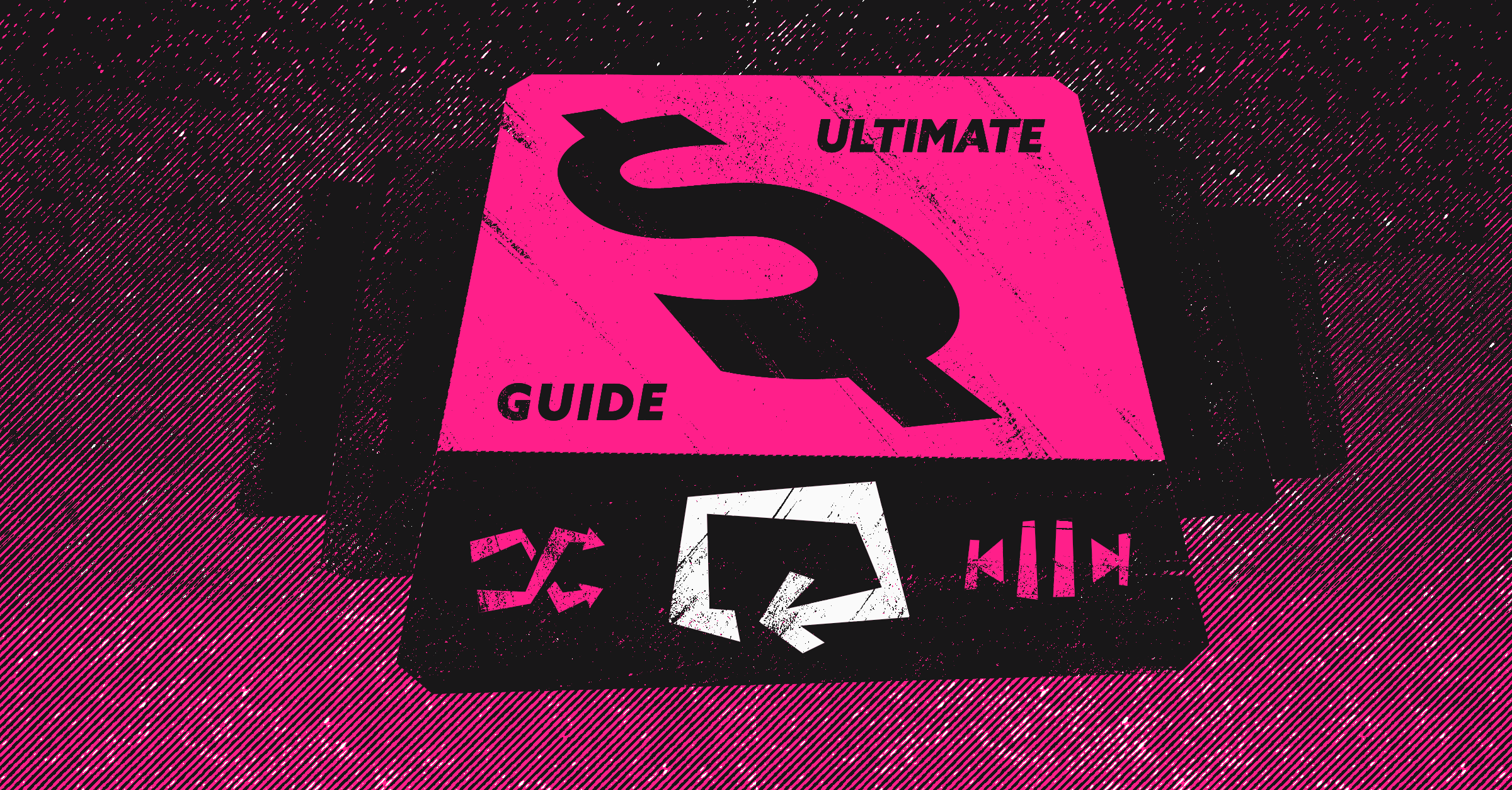
The modern seller no longer spends their days glued to a phone or going door to door in an effort to drum up business. Instead, much of what salespeople do revolves around their inbox, which, hopefully, is full of quick responses from highly engaged and interested prospects.
You can’t get prospects to respond to your cold email simply by wishing it so. The only real way to ensure your response rate goes up is to compose your emails in such a way that prospects not only feel compelled to respond, but actually want to continue the conversation.
So how do you write emails that will actually get somebody to answer?
We’ve put together the following list of things you can do to increase your response rate. If you take the time to check off each email tip before firing off your next sales email, you’re much more likely to see a response and be one step closer to closing your next deal.
Here are five sales emails tips sure to get a response:
1. The email subject line matters
Don’t overlook the importance of a carefully crafted subject line; it can mean the difference between your email being deleted on sight and being opened and read. The key to an effective subject line is to keep it short (3 words if possible), that way, the recipient can quickly scan it and understand the who and the (high-level) why.
You should personalize the subject line whenever you can (without going overboard, of course) as this will show that you’re not spamming or sending an automated message. Try to use urgency and exclusivity (without overpromising), and finally, be specific and useful — think about why somebody would want to read your email. If you do all of these things, your email is very likely to be opened and read.
2. Personalize!
If you want your email to be taken seriously and to get a response, you should never skimp on personalization.
In fact, research shows that must be personalized. Salesloft analyzed 6 million cold emails and found that the bar for personalization was quite low — just a little personalization made a huge difference. Show the recipient what you know: their current situation (research), or common interests.
Personalizing a is more than adding the person’s name and the company name or industry. It’s about adding specific information that shows that the has done the homework about the .
A has any of this personalized information:
- Recent company news like a merger or funding series
- A job change
- A new award or publication
- Common experiences such as non-profit work or interests
Find two or three things in their profiles and Company page that you can use to personalize your messages and any .
The sweet spot for personalization is 20 percent; by personalizing 20 percent of email content, open rates go up by 40 percent and response rates increased by 112 (!) percent. Anything about 20 percent showed diminishing returns, so stick to 20 percent personalization and you won’t lose.
3. Get to the point quickly
An email is the worst possible place for prevarication, so make sure you get to the point quickly. The people who you’re reaching out to usually have busy lives, and they’re not going to spend their valuable time reading War and Peace in email form.
Your purpose is to make a , so don’t go off on a tangent.
When composing an email, take a step back and try to view it from the prospect’s perspective. Can they scan the email and quickly understand the value you provide and what you’re asking of them? If the answer is no, then go back to the drawing board and rewrite. You have one chance to make a great first impression, so don’t waste it with a long, rambling diatribe. It almost never works.
4. Provide valuable (and relevant) information
This tip is where the rubber meets the road in email prospecting. In order to provide the prospect with something valuable and relevant, you’ll need to understand their situation and how your product/service can help them out.
That’s why you must go beyond the standard and ask yourself the following questions:
- What problems can I help them solve?
- What makes my product or service special?
- What makes my company unique?
- How have we helped similar prospects before?
Once you have these answers, pick one or two and include them in your email. These can be, for example, in the form of , a video about , or an ebook.
Remember to keep things simple. It’s perfectly okay to include information that doesn’t come directly from your company’s website.
5. Have a call to action (nothing vague)
No matter how great your email is, if you don’t include a clear (and concise) call-to-action, then you’ve just wasted your (and the prospect’s) time. What are you asking them to do? Perhaps you want them to watch a quick video. Or maybe you’d like them to schedule a demo. No matter what the ask, make sure it’s clear, and that it’s moving the deal forward. There’s nothing worse than getting somebody’s attention with a well-crafted email only to leave it so open-ended that the conversation withers on the vine.
Finally, make sure that the ask is a low-investment one and make it easy for prospects to take action right away. If there’s something you want them to see, always try to include it in the email. Your goal should be to make the prospect’s life easier. And if you execute properly, you’ll be that much more likely to get a response.
Even if you’re new to sales, this objection will definitely ring a bell as it’s one of the most common ones you’ll come across. When someone brings up price, instead of getting defensive, ask more questions to get a better understanding of where they stand. Is it truly a lack or budget, or do they simply not see the value in what you’re offering. If it’s the former, there’s not much you can do aside from offering a steep discount.
Booked the meeting? Congrats! Use Dooly to move that deal to closed won with CRM hygiene, sales call templates, and real-time coaching. Request a demo.

Join the thousands of top-performing salespeople who use Dooly every day to stay more organized, instantly update their pipeline, and spend more time selling instead of mindless admin work. Try Dooly free, no credit card required. Or, Request a demo to speak with a Dooly product expert right now.


